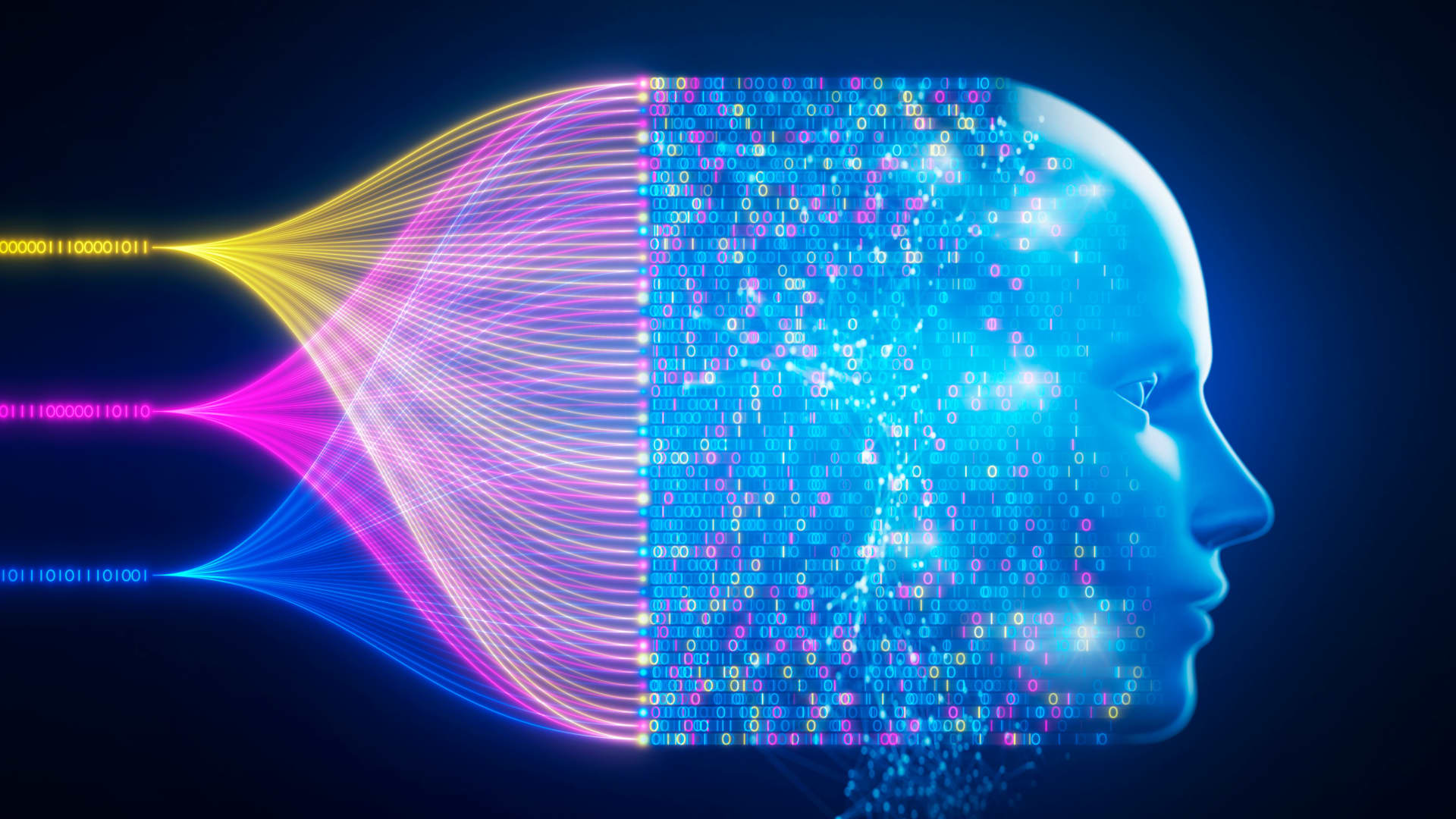Unveiling The Truth About AI Undress: A Comprehensive Guide
Have you ever heard of AI undress? It's a controversial topic that's been making waves lately. The term refers to the use of artificial intelligence to digitally remove clothing from images or videos. Sounds wild, right? But it's not just about the tech; it's about the ethics, legality, and implications behind it. In this guide, we'll dive deep into what AI undress is all about and why it matters.
Before we get into the nitty-gritty, let's talk about why this topic is important. AI undress isn't just another tech trend; it raises serious questions about privacy, consent, and the boundaries of technology. If you're curious about how AI is reshaping our world, this is a must-read.
So, buckle up because we're about to explore a side of AI you might not have considered. Whether you're a tech enthusiast, a privacy advocate, or just someone who wants to stay informed, this article has something for you. Let's jump in!
- Ullu Webseries Download Your Ultimate Guide To Trending Indian Web Series
- Ullu Web Series Download Link The Ultimate Guide For Fans
Understanding AI Undress: What It Really Is
Let's break it down. AI undress involves using advanced algorithms to manipulate images or videos, effectively "removing" clothing from individuals in those images. It's like Photoshop on steroids, powered by machine learning. But here's the thing—it's not all fun and games.
How Does AI Undress Work?
Behind the scenes, AI undress relies on deep learning models trained on vast datasets. These models analyze patterns, textures, and shapes to reconstruct what they "think" is beneath the clothing. It's mind-blowing technology, but it also comes with a lot of baggage.
- Deep learning models analyze thousands of images to learn patterns.
- AI generates realistic results by predicting skin textures and body shapes.
- The process can be incredibly detailed, sometimes even fooling the human eye.
The Controversy Surrounding AI Undress
Now, let's talk about the elephant in the room. AI undress isn't exactly popular with everyone. In fact, it's sparked a heated debate about the ethical implications of such technology. Privacy advocates are up in arms, and for good reason.
- Telugu Ullu Web Series The Ultimate Guide To The Hottest Streaming Sensation
- Hindmoviez Co In Your Ultimate Destination For Bollywood Entertainment
Why Is AI Undress So Controversial?
The main issue is consent. People don't always know when their images are being used in this way. Imagine waking up to find a digitally altered version of yourself circulating online. Not cool, right? That's why many experts argue that AI undress crosses a line.
Plus, there's the potential for misuse. This technology can be weaponized for revenge porn, harassment, or even identity theft. It's a slippery slope that raises serious concerns about digital safety.
Legal Implications of AI Undress
So, where does the law stand on all of this? The legal landscape is still evolving, but there are some key points to consider. Many countries are scrambling to update their laws to address the challenges posed by AI undress.
What Are the Current Laws?
Right now, the legal status of AI undress varies depending on where you are. Some regions have strict regulations against non-consensual image manipulation, while others are lagging behind. Here are a few examples:
- In the U.S., several states have passed laws targeting revenge porn and deepfake content.
- In the EU, GDPR regulations offer some protection against unauthorized image processing.
- Other countries are still figuring out how to tackle this issue.
It's a complex situation, and lawmakers are under pressure to keep up with the rapid pace of technological advancement.
The Ethical Debate: Privacy vs. Innovation
Let's talk ethics for a moment. AI undress raises some tough questions about where we draw the line between innovation and invasion. On one hand, the technology is undeniably impressive. On the other hand, it poses significant risks to personal privacy.
Where Do We Draw the Line?
The ethical debate boils down to one simple question: just because we can, does that mean we should? Many experts argue that the potential harm outweighs the benefits. Others believe that with proper regulation, AI undress could have legitimate uses.
For instance, it could be used in medical imaging or forensic analysis. But without strict guidelines, the technology could easily fall into the wrong hands. It's a balancing act that requires careful consideration.
The Role of Big Tech Companies
Big tech companies play a crucial role in shaping the future of AI undress. They have the power to set standards, enforce policies, and drive innovation. But with great power comes great responsibility.
How Are Companies Responding?
Some companies have taken steps to address the issue. For example:
- Google has banned certain types of AI-generated content from its platforms.
- Facebook and Twitter have implemented policies against non-consensual image sharing.
- Other companies are investing in AI detection tools to combat misuse.
But there's still a long way to go. The tech industry needs to prioritize ethical considerations over profit margins if we want to avoid a digital Wild West.
Public Perception and Awareness
What do everyday people think about AI undress? Public perception plays a big role in shaping the future of this technology. As awareness grows, more people are starting to speak out about the risks.
How Can We Stay Informed?
Education is key. The more people understand about AI undress, the better equipped they are to protect themselves. Here are a few tips:
- Stay updated on the latest developments in AI and privacy laws.
- Be cautious about sharing personal images online.
- Use privacy tools and settings to control who can access your data.
By staying informed, we can all play a part in shaping the future of AI undress.
Alternatives and Legitimate Uses
Believe it or not, AI undress does have some legitimate applications. When used responsibly, the technology can be a powerful tool. Here are a few examples:
What Are Some Positive Uses?
- Medical imaging: AI can help doctors analyze scans and detect abnormalities.
- Forensic analysis: Law enforcement agencies can use AI to enhance crime scene photos.
- Art and entertainment: Creative professionals can experiment with AI to produce innovative content.
The key is ensuring that these applications are used ethically and with proper consent. It's all about finding the right balance.
Future Developments and Predictions
So, what's next for AI undress? The future is uncertain, but one thing is clear: this technology isn't going away anytime soon. As AI continues to evolve, we can expect to see both advances and challenges.
What Can We Expect?
Experts predict that:
- AI undress technology will become even more sophisticated.
- Regulations will tighten to address ethical concerns.
- Public awareness and education will play a bigger role in shaping the future.
It's an exciting yet daunting prospect. The choices we make today will shape the world of tomorrow.
Conclusion: Taking Action
Let's recap. AI undress is a powerful technology with both positive and negative implications. While it has the potential to revolutionize industries, it also raises serious ethical and legal questions. As we've seen, the key is finding the right balance between innovation and responsibility.
So, what can you do? Start by staying informed and advocating for responsible AI use. Share this article with your friends and family to spread awareness. And most importantly, let your voice be heard. Together, we can shape a future where technology works for everyone.
Table of Contents
- Unveiling the Truth About AI Undress: A Comprehensive Guide
- Understanding AI Undress: What It Really Is
- How Does AI Undress Work?
- The Controversy Surrounding AI Undress
- Why Is AI Undress So Controversial?
- Legal Implications of AI Undress
- What Are the Current Laws?
- The Ethical Debate: Privacy vs. Innovation
- Where Do We Draw the Line?
- The Role of Big Tech Companies
- How Are Companies Responding?
- Public Perception and Awareness
- How Can We Stay Informed?
- Alternatives and Legitimate Uses
- What Are Some Positive Uses?
- Future Developments and Predictions
- What Can We Expect?
- Conclusion: Taking Action
Article Recommendations
- Ullu Movies The Ultimate Destination For Edgy And Entertaining Content
- Hd Movie Area 300mb Hub Your Ultimate Destination For Highquality Movies



Detail Author:
- Name : Harley Ondricka
- Username : friesen.gabriel
- Email : callie15@yahoo.com
- Birthdate : 1976-09-19
- Address : 95949 Jacobs Via Apt. 474 Lucileberg, RI 97660-8780
- Phone : 331-400-3080
- Company : Witting, Lehner and Hartmann
- Job : Meter Mechanic
- Bio : Minima esse porro dolores. Qui ut et voluptatem blanditiis sed quae aspernatur. Quibusdam impedit a voluptatem voluptas.
Socials
linkedin:
- url : https://linkedin.com/in/cedrick8221
- username : cedrick8221
- bio : Ab ea commodi ipsam voluptas error laborum.
- followers : 3479
- following : 2873
instagram:
- url : https://instagram.com/cedrickgoyette
- username : cedrickgoyette
- bio : Harum repellat officiis eum repudiandae dignissimos. Magni dolores animi consequatur possimus.
- followers : 2353
- following : 1068
twitter:
- url : https://twitter.com/cedrickgoyette
- username : cedrickgoyette
- bio : Tenetur dolore nihil quo ea sunt. Provident et omnis assumenda voluptatem perspiciatis. Perspiciatis laborum aut voluptates.
- followers : 5632
- following : 2018